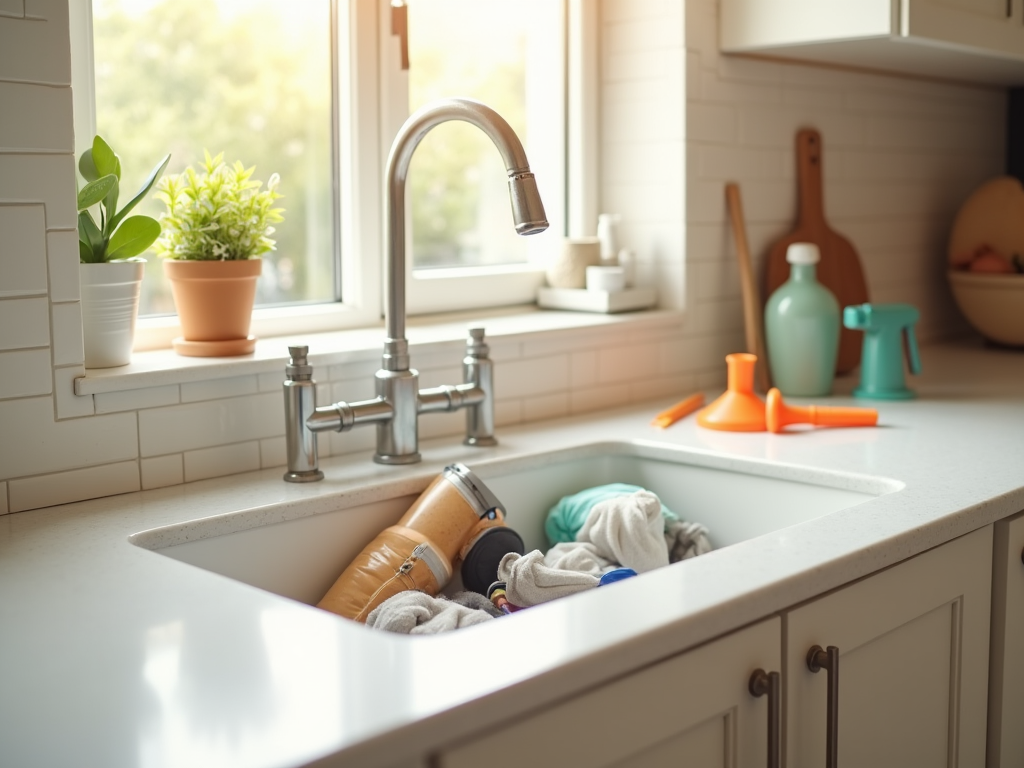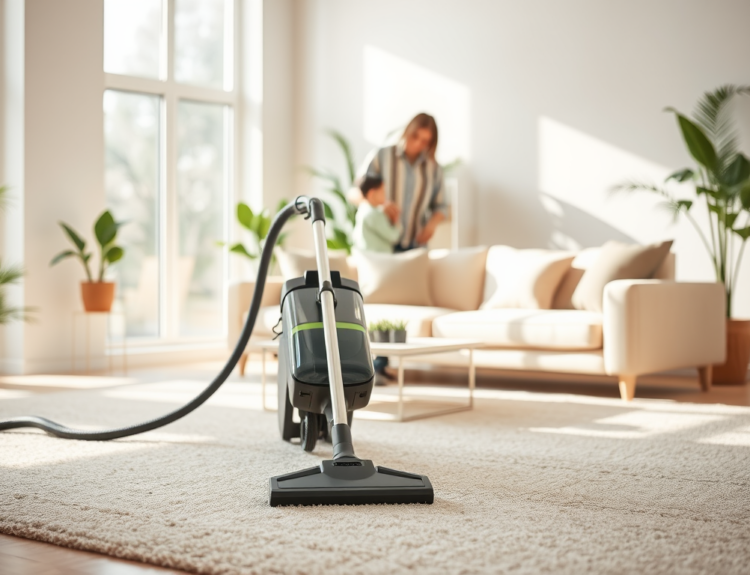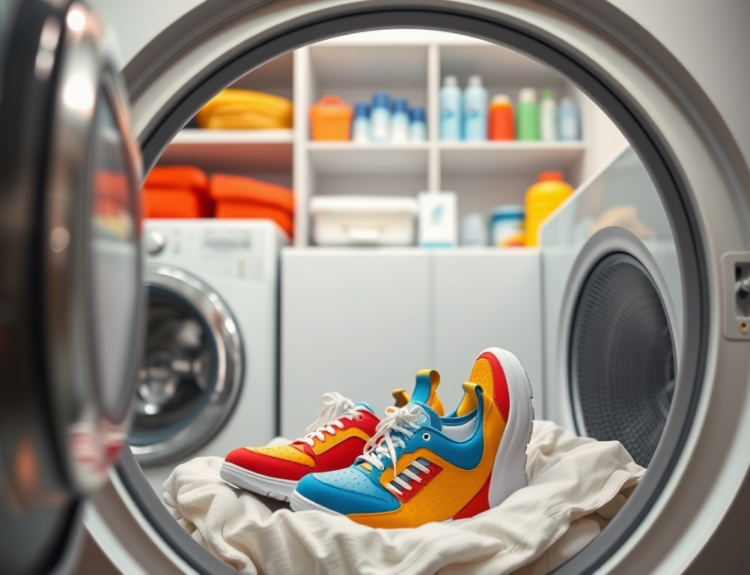Experiencing a clogged drain can turn an ordinary day into a frustrating ordeal. Whether it’s a bathroom sink backing up or a kitchen drain refusing to flow, understanding how to tackle this common plumbing problem is essential for every homeowner. Knowing the right techniques for clearing a clogged drain is not just about fixing the immediate issue; it’s also about learning how to prevent these problems from surfacing in the future. In this comprehensive guide, we’ll outline effective methods and solutions for clearing a clogged drain, while also touching on preventive maintenance to keep your plumbing in top shape. You’ll find everything from quick DIY fixes to when it’s time to call in the professionals. Let’s dive into the world of plumbing and discover how to restore the flow in your home!
Understanding the Causes of Clogged Drains
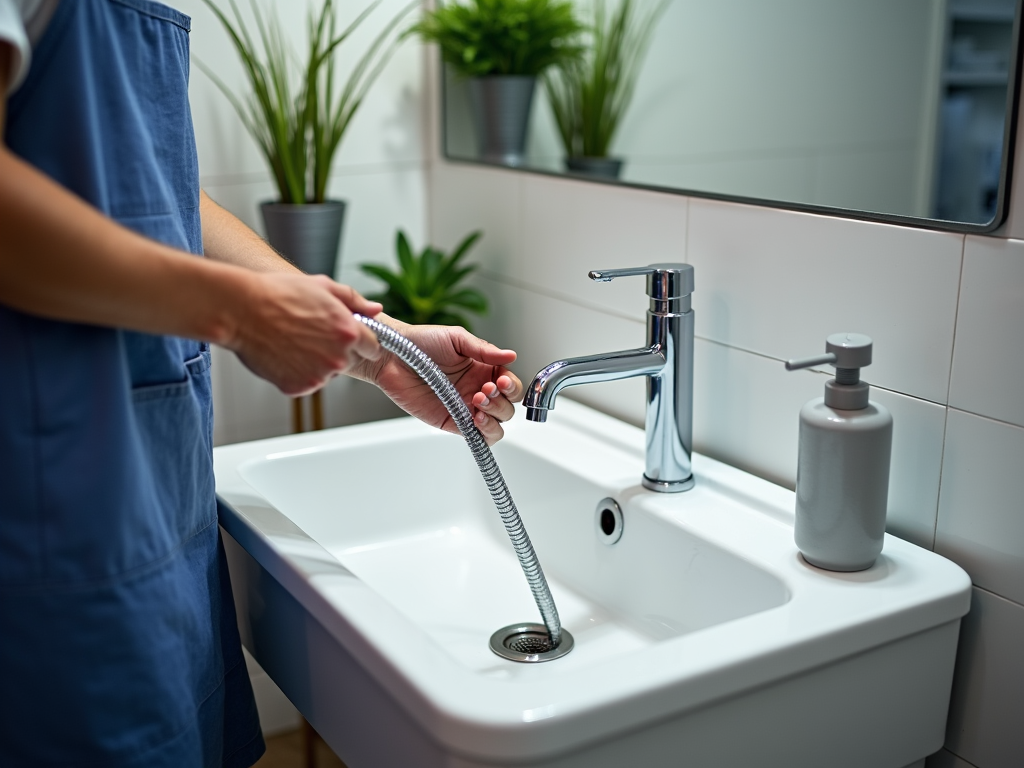
Recognizing the root causes of clogged drains is pivotal in managing them effectively. Clogs can occur due to various reasons, and understanding these can help you avoid them in the future. Common contributors include:
- Hair and soap buildup, particularly in shower drains and bathroom sinks.
- Accidental food debris and grease disposal in kitchen sinks.
- Foreign objects, such as toys or utensils, that have inadvertently fallen into the drain.
- Invasive tree roots seeking moisture through small cracks in underground pipes.
These problems can vary in severity, so being aware of what’s causing your drains to clog can lead to more effective solutions. For instance, a routine check of your kitchen sink’s disposal habits can help limit grease buildup, while placing screens over shower drains can capture hair before it enters the plumbing system. Preventive measures can save both time and money on costly repairs.
Tools and Materials You May Need
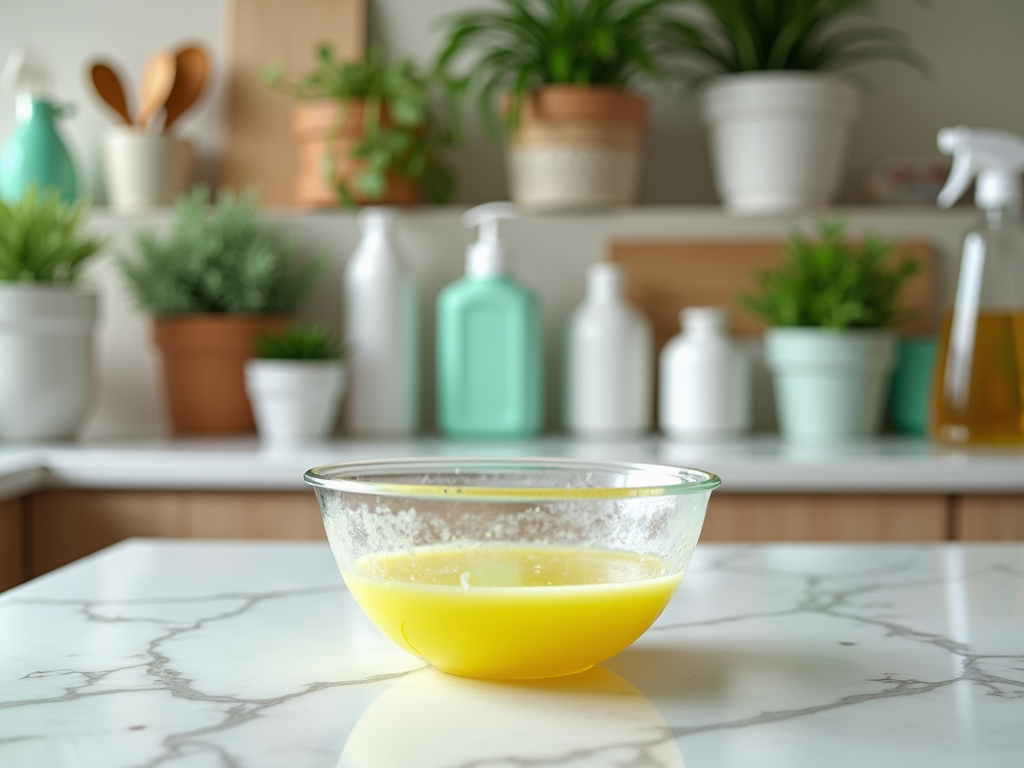
Before you begin the task of unclogging a drain, it’s crucial to equip yourself with the right tools. Having the appropriate items not only makes the job easier but also increases your chances of achieving success on the first try. Essential tools and materials include:
- A plunger for basic clog removal.
- A drain snake or auger for deeper blockages.
- Baking soda and vinegar as a natural solution.
- A bucket to catch any spillover.
- Protective gloves and goggles to keep yourself safe from debris and chemicals.
Additionally, a wrench or screwdriver may become handy for more complex plumbing tasks. Gathering these items beforehand can save you time during the actual cleaning process, allowing for a smoother experience. Having everything ready means you won’t need to rush to a store in the middle of a messy situation.
Step-by-Step Guide to Clearing a Clogged Drain
When it comes to unclogging a drain, various techniques can be employed, depending on the severity and location of the blockage. Below is a straightforward guide designed to help you through the process.
Step 1: Use a Plunger
Begin with the most straightforward method: the plunger. This tool is designed to create a vacuum that can dislodge many types of minor blockages. Ensure that you:
- Place the plunger over the drain, making sure a good seal is created.
- Push down and pull up quickly with a steady rhythm.
- Repeat the motion for about 15-20 seconds without breaking the seal.
- Check if the water starts to drain; if it remains blocked, you can move on to more advanced techniques.
Step 2: Try a Drain Snake
For persistent clogs that resist the plunger, a drain snake might be your best option. This flexible tool can navigate through plumbing bends and reach deeper into your drainage system. To use it effectively:
- Insert the snake into the drain until you hit resistance, signaling a blockage.
- Turn the handle to break apart and retrieve the clog.
- Withdraw the snake, pulling out any debris with it.
- Flush the drain with hot water afterward to clear residual material.
This method can save you tons of headaches and often eliminates the need to call a professional. If your efforts still don’t yield results, don’t panic just yet; there are still a couple of tricks to try!
Step 3: Use Baking Soda and Vinegar
If the clog seems organic in nature, a homemade solution can be surprisingly effective. The chemical reaction between baking soda and vinegar can help to dissolve debris. Follow these steps:
- Pour half a cup of baking soda directly into the drain.
- Subsequently, pour a half-cup of vinegar down the same drain.
- Cover the drain with a stopper or cloth to keep the reaction contained.
- After 30 minutes, flush the drain with boiling water to clear remains.
| Method | Effectiveness | Ideal For |
|---|---|---|
| Plunger | Moderate | Minor clogs |
| Drain Snake | High | Moderate to severe clogs |
| Baking Soda & Vinegar | Moderate | Organic material |
Step 4: Call a Professional
If none of the above methods resolve your issue, it may be time to reach out to a professional plumber. Persistent clogs may signal larger issues, such as damaged pipes or severe tree root infiltration. Professionals have specialized tools and expertise necessary for tackling troublesome blockages without causing damage to your plumbing system. Calling for help can ensure the job is done right, saving you time and potentially expensive repairs down the line.
Conclusion
Clearing a clogged drain doesn’t have to be a daunting task if you’re properly prepared. By identifying common causes, utilizing the right tools, and following the effective techniques outlined in this guide, you can tackle most clogs yourself. Regular maintenance, such as using drain catchers and avoiding certain materials in your sinks, will go a long way in preventing future clogs. Remember: stay proactive, and you’ll maintain a trouble-free drainage system in your home. Investing a bit of time into cleaning and checking your drains can save you significant hassle and expense in the long term.
Frequently Asked Questions
- What should I do if my drain is still clogged after using a plunger?
If plunging doesn’t work, try using a drain snake or a natural remedy like baking soda and vinegar. If that still doesn’t resolve the issue, consider contacting a professional plumber. - How can I prevent future drain clogs?
Avoid disposing of grease, coffee grounds, and large food particles in the kitchen sink. In the bathroom, use drain catchers to trap hair and soap scum, and flush pipes regularly with hot water. - Is it safe to use chemical drain cleaners?
While chemical drain cleaners are effective, they can be harsh on your plumbing and the environment. It’s often better to try natural methods first. - When should I call a plumber for a clogged drain?
If the clog is persistent, causing recurring issues, or if you notice foul odors or water backing up in multiple drains, it’s advisable to call a professional. - Can tree roots really clog my drains?
Yes, tree roots can infiltrate sewer lines through small cracks. If you suspect this, a plumbing professional should assess the situation.
